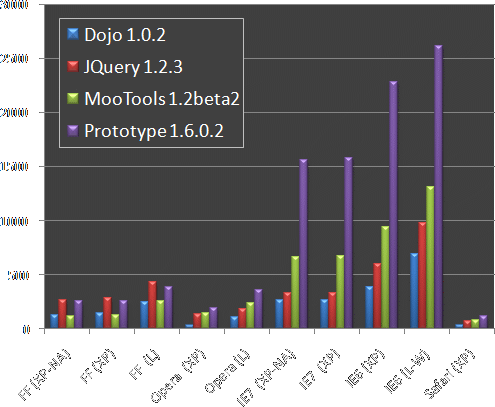Just checked out an interview with Sebastian Kuegler (KDE developer) about the upcoming features in KDE4.1 :
I think the part that most people — just like me — are really looking forward to is an improved Plasma desktop shell. It really is the most visible part of the desktop. The good news here is that Plasma, a relatively young subcommunity within KDE is really alive and kicking. We’ve already been able to fix most of the problems that were still there in 4.0.0, and if we continue to keep the current pace of development, it looks like we have exceeded feature parity in those part with the 3.5 series already by summer.
Then of course, I’m looking forward to KDE-PIM in 4.1. It will make use of the Akonadi storage framework and as such be more stable and usable as the 3.5 series. Then, just recently, Dragon Player has been merged into our 4.1 tree. Dragon Player is a very simple but powerful video player, which of course makes use of Phonon, our new multimedia framework. For non-Linux/UNIX users, 4.1 will also bring the first stable applications to Mac OSX and Windows, which is another very big thing in my eyes.
Other features include more scripting support, newly ported applications (Amarok for example seems to be aiming for a summer release as well), performance improvements all over the place, new plugins for the KWin window manager with its nifty compositing features, and many more.
This really suggests what I expect from the KDE 4 series, new, innovative and really exciting features and improvements at a steady pace. With the KDE 4
series, we’ll simply outperform our proprietary competitors in terms of speed of innovation and user orientation.
More information on this topic can be found on Sebastian’s blog
Full interview link
